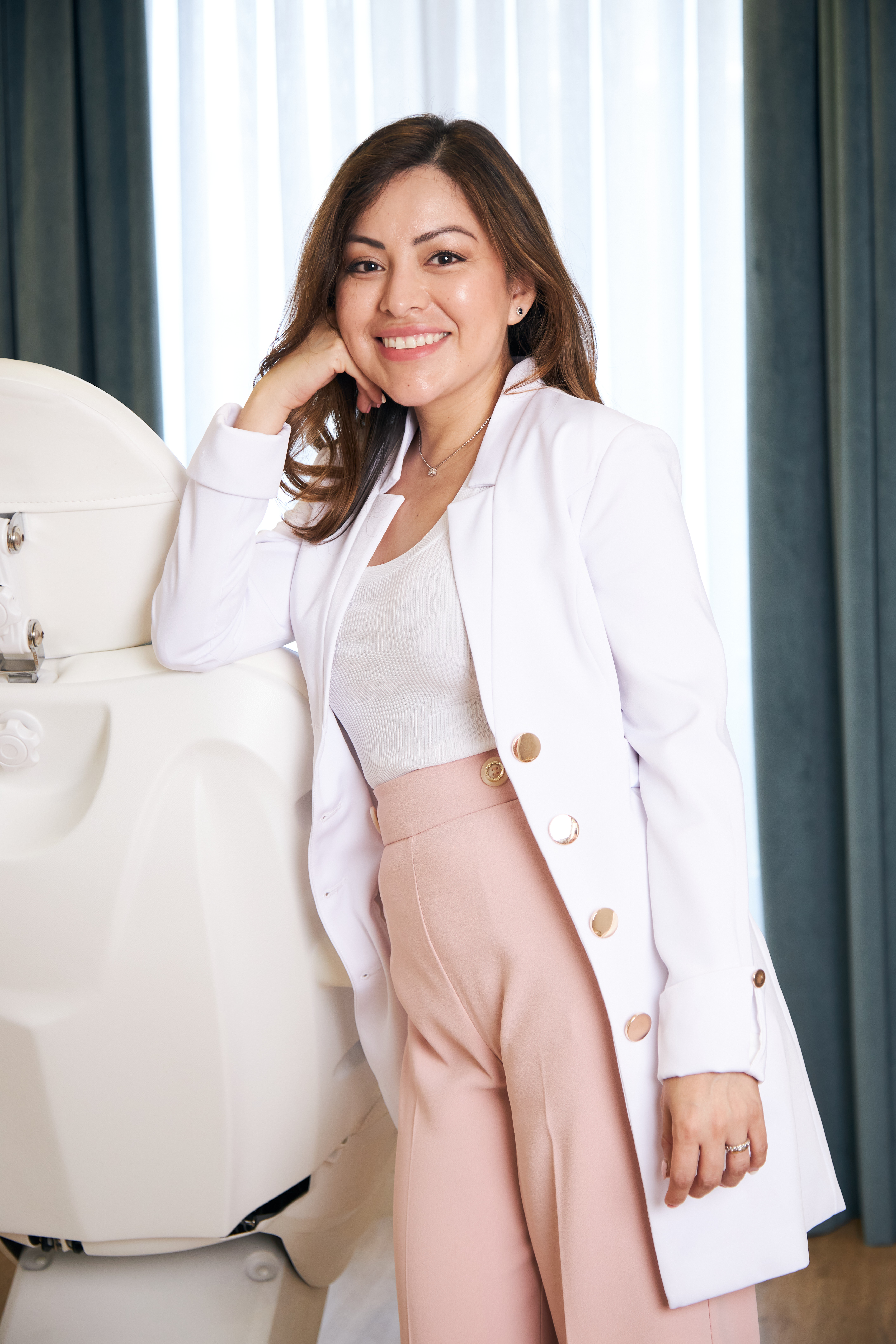Speakers - CARWC2025
Dina Moctezuma Villalobos
- Designation: Medical Director of The Signature Clinics
- Country: Spain
- Title: MSHAPE Lips: A New International Classification and Replicable Technique for Complex Lip Enhancement
Abstract
For years, lips have been a central element of facial harmony. Yet, there has always been a group of patients whose lips presented unique anatomical challenges and for whom no clear classification or standardized treatment protocol existed. I refer to these as M-Shape lips.
In 2025, I published the first international classification of M-Shape lips in the Journal of Cosmetic Dermatology, along with a reproducible treatment technique that enables physicians worldwide to diagnose, plan, and treat these lips with safety and predictability.
What are M-Shape lips?
M-Shape lips are defined by a prominent central tubercle of the upper lip, while the lateral tubercles appear hypotrophic or even absent. This imbalance creates the impression of adhesion of the upper lip to deeper planes. The orbicularis oris muscle plays a crucial role, as its contraction accentuates the invagination and complicates the natural projection.
Clinically, M-Shape® lips are “difficult lips”: they tend to present a higher risk of filler displacement, visible lumps, and a greater proximity of superficial vascular structures. Furthermore, patients with M-Shape® lips often hold high aesthetic expectations, which makes clear communication between physician and patient essential.
The first international classification
To address this gap, I developed a classification system based on the measurable opening angle of the upper lip defined by specific anatomical landmarks:
- Type I (Mild): Opening angle ≤ 15°. No dental show at rest. Often managed in a single session.
- Type II (Moderate): Opening angle 16°–25°. Teeth may occasionally be visible. Usually requires two sessions.
- Type III (Severe): Opening angle > 25°. Teeth are always visible when the lips are closed. Requires cannula use and multiple treatment sessions.
This is the first published framework that objectively diagnoses and grades the severity of M-Shape lips, providing physicians with a common language and reproducible guidelines.
The MSHAPE technique
My technique is simple, structured, and replicable, designed for any practitioner familiar with hyaluronic acid fillers. It consists of two complementary stages:
- Session 1: Repair
- Session 2: Beautify (2–4 weeks later)
The choice of filler is critical: the product must provide high cohesivity, purity, and rapid integration to ensure safety and natural outcomes.
International impact
The MSHAPE classification and technique do more than describe a new anatomical lip type. They establish an internationally standardized approach that:
- Reduces uncertainty when treating complex lips.
- Improves predictability and safety of outcomes.
- Provides a clear framework for medical training and replication worldwide.
By defining and systematizing the treatment of M-Shape lips, I aim to transform what was once a clinical challenge into a predictable and rewarding procedure.
Conclusion
M-Shape lips represent a previously undefined challenge in aesthetic medicine. Through the classification and treatment technique I developed, physicians now have access to a safe, standardized, and replicable method that simplifies diagnosis, guides planning, and enhances results.
This work represents a new paradigm in lip enhancement, positioning the MSHAPE technique as an international benchmark for treating complex lips.


